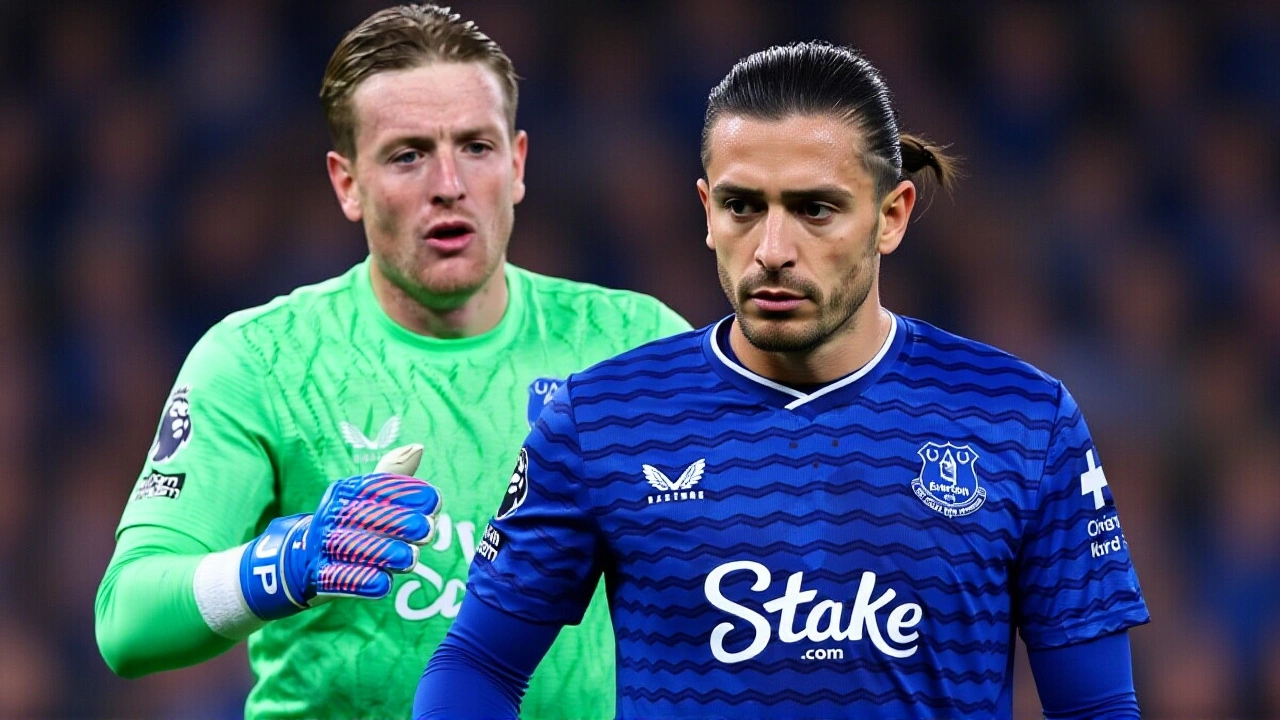Yellow Cards: What They Mean and How They Shape the Game
When working with yellow cards, a caution shown by officials to signal a player’s first serious offense. Also known as caution cards, it serves as a clear, visual warning that the next breach could lead to harsher punishment. In football, the global sport that popularized the card system the yellow card has become part of everyday language, often used to describe any mild reprimand. A referee, the official who enforces the rules on the field decides when a caution is warranted, typically for fouls like reckless tackles, repeated infringements, or unsporting behavior. This simple piece of colored cardstock links three core ideas: a rule violation, an official’s judgment, and a potential escalation to a red card. Understanding this chain helps players stay aware of the limits and fosters a fairer match environment.
How the Disciplinary System Works Around Yellow Cards
The disciplinary system in football revolves around three layers: warning, penalty, and suspension. The first layer is the yellow card, which records a caution in the match report and updates the player’s disciplinary record. Accumulating two yellow cards in a single match automatically triggers a red card, ending the player’s participation and often leading to a suspension for the next game. Outside of in‑match consequences, the governing bodies track yellow‑card totals across a season; reaching a set threshold—usually five or more—results in an additional ban. This system encourages players to temper aggressive actions while giving them a chance to correct their behavior before a harsher sanction kicks in. Clubs also rely on this data to manage squad rotations, especially during congested fixtures, because a sudden suspension can disrupt tactics and lineup plans.
Different sports adapt the yellow‑card concept to fit their own rulebooks. Rugby union, for instance, uses a temporary suspension called a “sin‑bin” after a yellow card, forcing the player to sit out for ten minutes. Field hockey applies a green card for minor infractions, a yellow for more serious breaches, and a red for ejection. These variations illustrate that the core idea—providing a visual, standardized warning—transcends football and helps maintain order across many team games. By comparing these systems, you can see how the same principle supports fairness, player safety, and clear communication between officials and participants. Whether you’re a fan watching a Premier League clash or a player learning the ropes in a youth league, recognizing the purpose behind the yellow card empowers you to play smarter and respect the game’s boundaries.
Below you’ll find a curated set of articles that dive deeper into specific aspects of yellow cards, from memorable cautions in major tournaments to tips on avoiding the most common fouls that earn a warning. Use these insights to sharpen your awareness, improve your discipline on the pitch, and keep your team in the best possible position to win.
James Garner sparked Everton's 2‑1 comeback over Crystal Palace while narrowly avoiding a record fourth yellow, prompting manager David Moyes to push for an England call‑up.
Continue reading...



